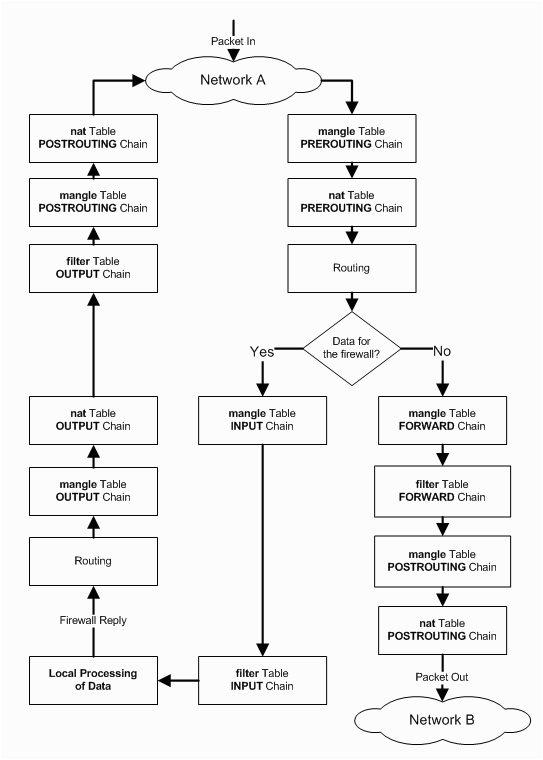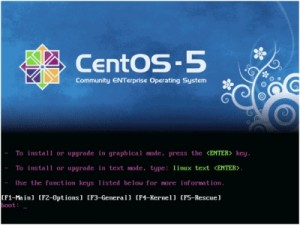So the other day there was an extended power outage down at the dogg pound, and one of my non-essential server racks had to be taken off-line. This particular server rack only has UPS battery backup, but no generator power (like the others), and upon reboot, the clocks in all my QEMU Linux VM’s were […]
Linux Server Send Email on Boot
It is always nice to have notification of when a server reboots, especially when you are on vacation, away from the office, or just lounging around! In order to send an email on reboot, we can easily create a cron job to run on reboot. Depending on your specific Linux distro, you may encounter some […]
Disabling SELinux
One of the first things I usually do with most of my servers is disable SELinux. Optimally, you should configure SELinux to allow the services you need, but instead you can just disable the whole darn thing!
Creating a new KVM server on a headless ...
One of the things any good sysadmin dogg wants to do is setup some virtual servers. Who wants to actually stand in front of a server to do that?! What if the machine is headless (no monitor attached)? Well, as long as we have SSH access to the machine, we can do everything from the […]
Lockd and Statd NFS Errors
The other day, the NFS clients at the pound stopped working correctly. Programs that use a NFS share for caching data or locking files (such as Firefox) stopped working without any explanation. My doggs were also unable to compile any programs, which led to a lot of barking and growling from all of them!
A Better Linux Firewall
Since we recently learned about basic Linux firewalls, I figured that it would be good to cover some more advanced firewall topics. There are a lot of settings that we can use to allow or deny specific traffic from specific hosts. So, let’s jump right in and take a look!
Setting up a Linux Firewall
One of the first tasks that should be accomplished when deploying a new server (and in reality, any new machine) is setting up a software firewall. On a Linux computer, this is accomplished using iptables. We can use the /sbin/iptables command to manipulate our firewall, or we can directly edit the /etc/sysconfig/iptables file. Each has […]
Configuring SSH on a New Server
I recently showed everyone how to install a new CentOS server, and now that we have a running system, we need to do some basic configuration to SSH to make sure our server is secure. When you install your operating system, you should have created an initial root password. We will use this to log […]
Deploying a New CentOS Server
All my doggs keep asking me how to set up a server. I ask them what kind of server, but they never really know. They want to learn Linux, and I want them to too! So I barked to myself, “Why don’t we write up a post to show them how!” Yea! So here I’ll […]
No more IPv4!
The last available IPv4 addresses have been allocated, which means we all need to start learning about and using IPv6! IP addresses are a set of numbers that uniquely identify a host on the internet. IPv4 addresses are composed of four separate 8-bit numbers (for a total of 32 bits), from 0-255, written as 111.222.33.44. […]


